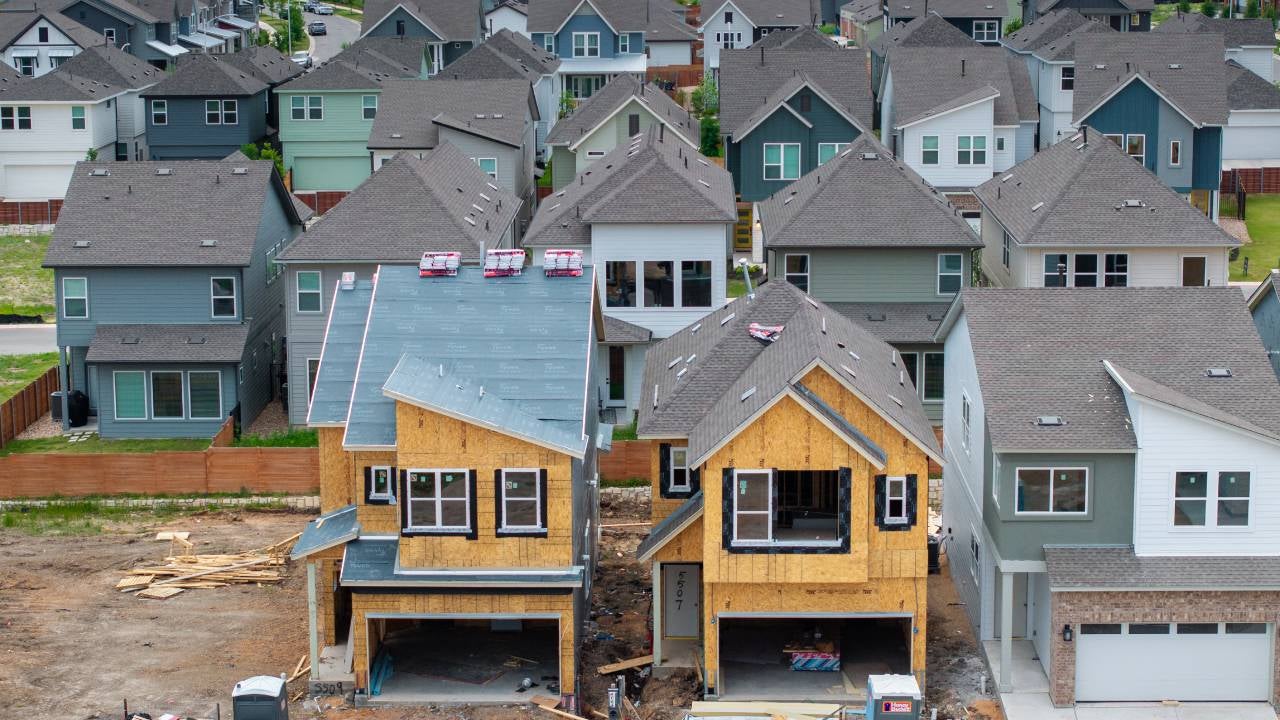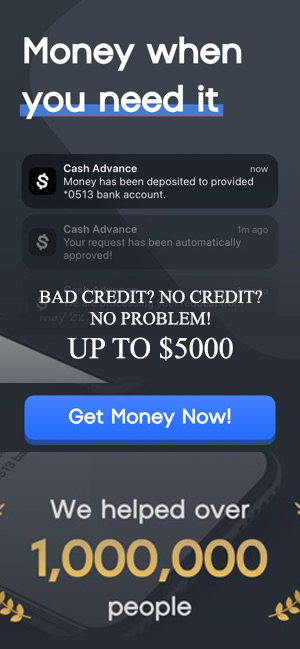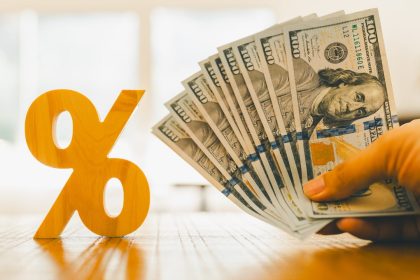As they struggle to persuade Americans to buy new homes, homebuilders have leaned hard on a new tactic: Builders’ mortgage arms are wooing consumers with cut-rate home loans.
The average mortgage rate for new construction buyers was 5.27% during the third quarter of 2025, compared to 6.26% for buyers of existing homes, Realtor.com reported today. These markedly lower mortgage deals reflect both soft demand for new homes and builders’ ability to influence the mortgage options offered to their customers.
“It’s crazy that it’s gotten to almost a full 100 basis points,” says Joel Berner, senior economist at Realtor.com. “Builders are pricing aggressively. They’ve got a lot of inventory they need to move, and they’re willing to discount it.”
For buyers, the deals are tempting. But there is a catch: Builders are reducing mortgage rates rather than discounting sale prices. And that raises the odds that a homeowner ends up underwater — that is, owing more than the house is worth.
“There’s a little bit of a risk of doing it this way, because there’s a chance the price of the house gets artificially inflated,” Berner says.
How builder discounts work
New homes are an important part of the housing market, although they’re overshadowed by existing home sales. The pace of existing home sales is about 4 million a year, according to the National Association of Realtors, while the U.S. Census Bureau estimates there will be 800,000 sales of new homes this year.
If you buy an existing home, the seller has no ability to offer you a mortgage. So a buyer of a resale home turns to a third party — a lender, mortgage broker or online marketplace — for a loan. That lender has no relationship with the seller and no incentive to influence the sale price. So the home purchase and the mortgage terms are negotiated separately.
Things are different with new homes. The big builders — including D.R. Horton, Lennar and PulteGroup — operate their own lending arms. Most buyers who need a mortgage borrow the money from the builder’s in-house lender.
And that’s where things get complicated: Mortgage rates remain elevated compared to their pandemic-era lows. While home prices are softening in places such as Florida and Texas, builders don’t want to discount sale prices.
That’s because reducing sale prices essentially discounts the value of the builder’s remaining inventory. Every transaction becomes a data point for appraisers looking at comparable sales in future transactions. So if a builder cuts a price today, the cut cascades through the rest of the builder’s homes on the market. That’s not the case with a mortgage promotion — a discounted interest rate eats into the builder’s profit, but it doesn’t affect the future sale price of the new home next door.
“They have an interest in keeping the sticker price of their home higher,” Berner says. “If they’re going to spend $10,000 on an incentive to sell a home, they’d rather do it in the form of a buydown rather than knocking it off the price.”
What about rate buydowns?
Realtor.com’s third-quarter average doesn’t reflect another promotion — mortgage rate buydowns, a way of temporarily lowering a buyer’s payments. These promotions often take the form of a “3/2/1” buydown — the borrower’s rate drops by 3 percentage points in the first year of the mortgage, 2 percentage points in the second year and 1 point in the third year — or a “2/1” buydown, in which the rate goes down 2 percentage points in the first year of the mortgage and by 1 point in the second year.
Say a buyer plans to pay $375,000 for a home, make a 20% down payment and finance the remaining $300,000 with a mortgage.
The monthly payment on a $300,000 loan at 7% is $1,996. With a 2/1 buydown, the interest rate would fall to 5% for the first year, and the buyer’s payment would drop to $1,610 — a 19% savings of $386 a month, or $4,632 that first year. The buyer still must qualify for the loan at the higher rate.
For the seller, the cost of a 2/1 buydown varies but typically is a bit more than 2% of the amount of the loan. For a $300,000 mortgage, the seller might pay $6,000 to $7,000 into a buydown account that belongs to the buyer. A portion of that sum would be released each month to reduce the buyer’s monthly mortgage payments. If the buyer decides to refinance while there’s still money left in the account, the remaining balance would be applied to the new loan.
But if a builder is motivated, the deals can be much more tantalizing. In one example, as of Monday, D.R. Horton was offering a combination of a base mortgage rate of 3.99% on a 30-year Federal Housing Administration mortgage and a 2/1 buydown that slashed that rate to 1.99% for the first year and 2.99% for the second year.
D.R. Horton noted that the sweet deal was available only on “certain homes,” presumably in parts of Texas and Florida where inventories have ballooned and values have softened.
What should you do?
The super-low mortgage offers might make sense for some buyers. After all, Burner says, “You can get a honey of a deal on a big home.”
And by dangling rates that harken back to the pandemic, builders are addressing a real pain point for reluctant homebuyers.
“It’s clever that builders are doing this,” he says. “Rather than doing it to the price, they’re tapping into buyers’ sensitivity around rates. It’s ingrained in our minds: ‘Rates are too high, it doesn’t make sense to buy right now.’”
A few things to keep in mind:
- The biggest discounts are happening in the softest markets. Builders’ splashiest deals are coming in the places where they most need to move product — overbuilt markets in the Sun Belt and especially neighborhoods farther away from employment centers. The more attractive the financing deal, in other words, the less likely you’ll be to resell your home for the official sale price.
- The sweet mortgage deal could leave you upside down. Dramatically underwater loans tanked the housing market during the Great Recession. That said, there’s nothing inherently wrong with your house being worth nominally less than you paid for it — you don’t automatically spiral into default. However, you won’t be able to tap equity. And if the sale price of your home is less than you owe, you’ll have to write a check for the difference to pay off your loan. Ideally, a decade from now, your house will have appreciated and you won’t remember being underwater.
- Beware payment shock. Temporary rate buydowns can save you hundreds of dollars a month and thousands of dollars a year. But there is a danger of adjusting your budget so that you spend too much, and you’re not prepared when your monthly payment goes up in a year.
Why we ask for feedback
Your feedback helps us improve our content and services. It takes less than a minute to
complete.
Your responses are anonymous and will only be used for improving our website.
Help us improve our content
Read the full article here
















